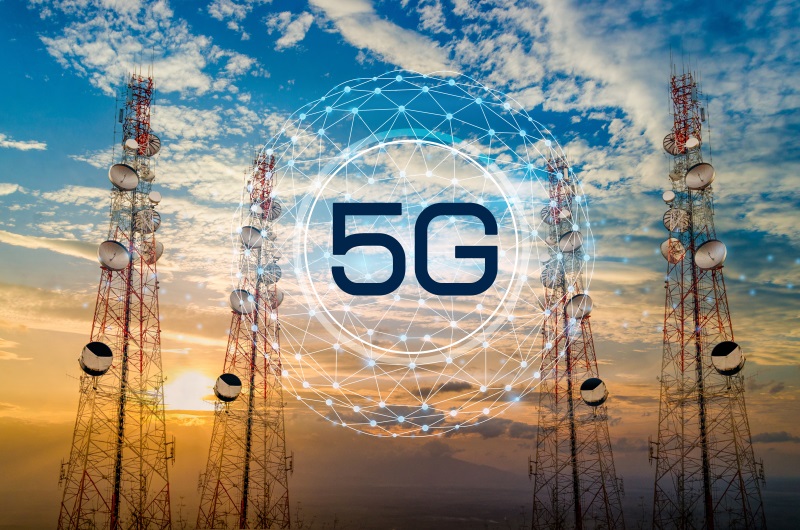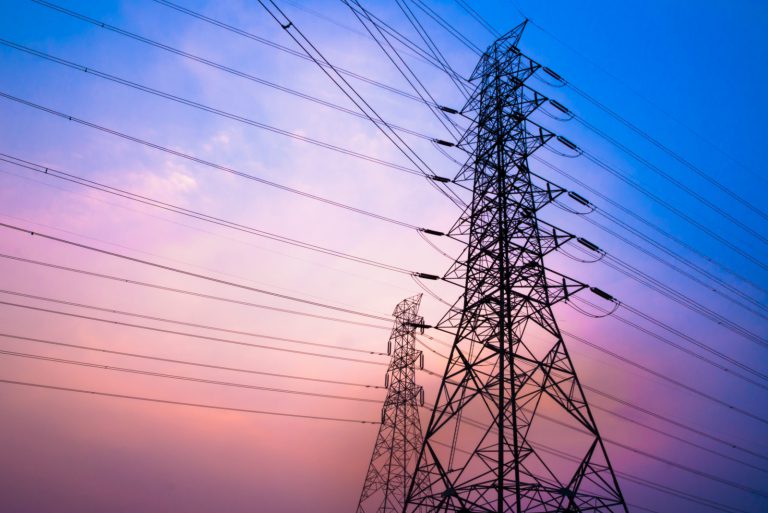After years of trials and testing, 5G wireless deployments finally began this year. Around the world, the scale of investment in infrastructure, spectrum resources, and testing and optimization shows just how important 5G networks will be going forward. Accenture estimates that mobile operators will invest as much as $275 billion in the US alone by 2025 on 5G networks, resulting in more than $500 billion in GDP growth.
Compared to existing 3G/4G/LTE networks, 5G represents a significant change to how the industry approaches wireless communications. Traditionally, mobile networks have made use of a limited number of bands between 450 MHz and 3.7 GHz. 5G, on the other hand, will make use of multiple bands in the low, mid, and high-band range well above 30 GHz, depending on the application or use case.
Additionally, because the deployment of 5G networks will take time as new infrastructure is built and new spectrum resources are deployed, 4G and 5G networks will exist side-by-side for the foreseeable future.
This presents a challenge to RF equipment manufacturers who have existing equipment that does not meet the frequency and bandwidth performance required for 5G. As this equipment is already deployed in the field by mobile operators, providing an easy to use, high performance solution is critical to maintaining customers and taking advantage of the opportunities 5G provides.
[vc_row][vc_column][vc_message icon_fontawesome=”fa fa-file-text” css_animation=”left-to-right”]Learn how to extend your spectrum analysis equipment into 5G[/vc_message][vc_separator][/vc_column][/vc_row]
A Multi-Band Approach to 5G Networks
5G is generally considered to be made up of three distinct bands of spectrum resources: low-band, mid-band, and high-band. To achieve widespread coverage and support all use cases, frequencies in all of these bands will be used depending on the performance requirements and location of the deployment.
Low-Band
Low-band spectrum includes bands below 2 GHz that are already well understood and extensively used in existing networks. The range and penetrability of these lower frequencies make them a good fit for mobility in rural areas, or high aggregation and low bandwidth applications such as the Internet of Things.
Mid-Band
Mid-band signals fall between 2 GHz and 6 GHz and offer a good balance of speed, capacity, and range. This makes them ideal for 5G deployments in suburban and urban areas where coverage and reliability are more important than ultra-high speeds.
High-Band
High-band spectrum includes everything above 6 GHz, including millimeter waves above 24 GHz. It’s in these frequencies that major improvements in speed, capacity and latency will be achieved. However, the range and penetrability of these higher frequency signals are limited, making them most suited for high-density urban areas or high performance applications where speed and latency are critical.
Integrating with an RF Downconverter
While 5G wireless will extend well into the high-band, most existing spectrum analysis equipment was designed for 3G/4G/LTE networks which use signals below 6 GHz. Unfortunately, this means RF equipment manufacturers are left with a choice – build new equipment, or extend the life of existing hardware with an RF downconverter.
In the short-to-mid-term, integrating with an RF downconverter offers a number of advantages over building a new solution. An open, easy-to-deploy RF downconverter designed for 5G allows equipment providers to maintain relationships with existing customers, remain competitive in a rapidly changing wireless landscape, and avoid losing out on the potential opportunities that 5G provides.
Extend Existing Equipment into 5G
Mobile operators are already deploying 5G networks using the 15 GHz and 28 GHz band in the US, and companies around the world are testing and deploying wireless networks using these high-band signals. An RF downconverter takes these high frequency signals and down-converts them to a lower intermediate frequency (IF) that can be analyzed by existing equipment. It maintains all of the signal properties and information needed to conduct analysis, but makes it possible to do so with existing hardware.
Maintain Relationships with Customers
5G threatens to disrupt your existing customer base if you cannot provide the performance and capabilities needed for high frequency signals. These customers are familiar with you and your hardware, and users in the field are already trained on your equipment. However, if you can’t meet their needs, someone else will. An RF downconverter makes it easy to extend the life of existing equipment already used by your customers so that you can maintain these relationships going forward.
Quickly Bring a 5G Capable Solution to Market
Mobile operators are in a race to be the first to deploy 5G wireless in new markets. Beyond the prestige this brings, being first opens up new revenue streams and positions them to be a leader in the space for years to come. This means many companies can’t wait for the research and development cycles required to build a new solution. Instead, an RF downconverter allows you to bring a 5G capable solution to market quickly by easily integrating with your existing devices.
Increase ROI and Reduce Total Cost of Ownership
Fully replacing hardware is expensive for mobile operators, especially since 4G and 5G networks will coexist for the foreseeable future. RF downconverters, by comparison, are a cost-effective way to improve performance without requiring a full rip-and-replace. As a result, you can reduce the total cost of ownership for customers over the life of the product, and increase the return on their investment in RF hardware.
Be 5G Ready with RF Downconverters
Mobile operators are rapidly deploying 5G networks around the world, and the pace of this investment in infrastructure, spectrum resources, and equipment is increasing. 5G represents a significant opportunity for RF equipment manufacturers and system integrators who provide spectrum analysis solutions to these companies. However, if existing equipment is designed around 3G/4G/LTE standards and does not meet the performance requirements of new 5G signals, you’re at risk of losing customers to competitors.
RF downconverters provide a cost-effective, easy to deploy solution that extends the range of your existing equipment into 5G.
To learn more about the requirements for 5G wireless, the signal standards being considered, and the impact these new technologies are having on mobile operators, download our latest whitepaper, Extending Existing Spectrum Analysis Equipment into 5G Wireless: Why RF Equipment Providers Should Look to Integrate with a Third-Party RF Downconverter







